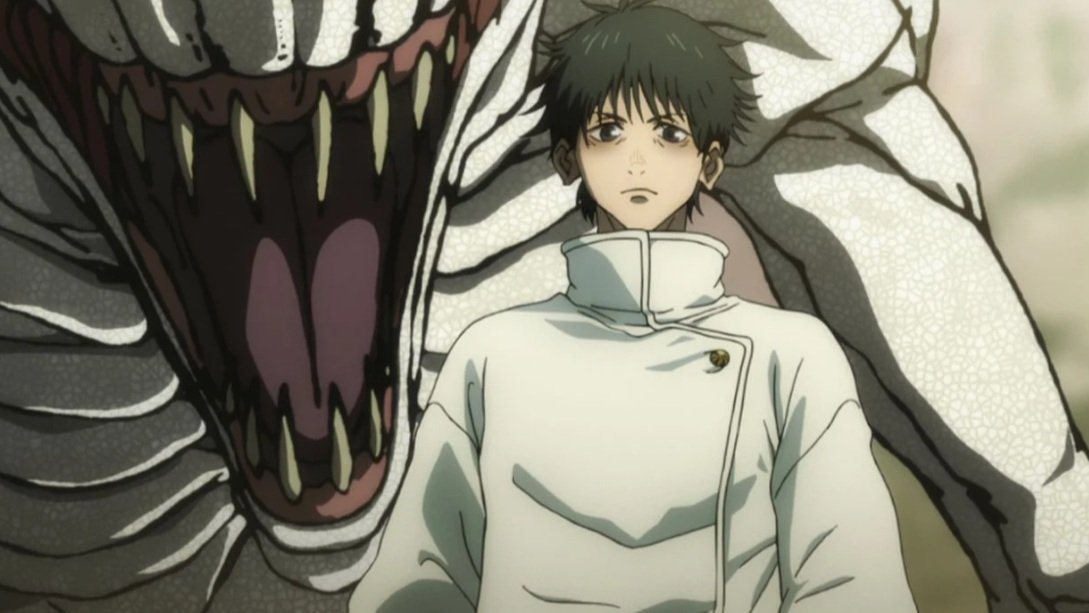Review: Anima
We live in a time where, for the vast majority of people, getting by is an unbelievable hardship. Merely existing is physically, emotionally, and spiritually draining. The news gets darker and more difficult to absorb every day, as we helplessly watch so many unbelievably vile things unfold around us. The villains perpetrating these deeds aren’t the mustache-twirling deviants we were always told they would be; they’re just normal-looking people that you may interact with every day. Even though we live in this digital age that theoretically makes it so much easier to stay in touch, the ambiguity makes it difficult to connect with people.
It’s fucking exhausting.
And that common state of mind is where Paul Thomas Anderson and Thom Yorke meet us with Anima, a short film that pairs with Yorke’s album of the same name. The fifteen-minute “one-reeler” features three tracks from the album and a dystopian setting that matches the tone of Yorke’s solo work. Paired with his entrancing, moody music is some daringly disarming choreography by Damien Jalet, who is best known for his work on Luca Guadagnino’s spellbinding Suspiria.
As the film opens with the thrumming beat and hypnotic beeping of “Not the News”, our exhaustion is made manifest in dance – a sea of nodding heads struggling to stay awake in a subway train that’s barreling to…well, who knows? The everyday routine of this world we’re seeing isn’t shown, we just see the choreographed monotony and the monochrome uniforms. All that really matters is the one brief moment of connection as Yorke and a woman (played by his actual girlfriend, Dajana Roncione) lock eyes.
What follows is a love story, told though abstract dance and Yorke’s haunting music. And yes, the story of lovers who meet in a dystopian society designed to eliminate human interaction is a tale we’ve seen before a million different times, but it’s so much more fascinating from this unique point of view and through the filter of Paul Thomas Anderson. Yorke’s charismatic silent performance is so physical and fully committed, full of influence from silent film stars like Buster Keaton and Charlie Chaplin. Add to that his natural chemistry with Roncione, which is immediately evident on screen, even before they finally connect in the third act, and something really special starts to form. Their dizzying lovers’ dance grows into something wonderfully romantic and strangely beautiful, with its slightly off-kilter choreography, as they hold each other by their foreheads or stagger around in a dazed state of joy or spin around like a pair of whirling dervishes.
As the film ends again with Yorke slowly falling asleep in a bus seat, it’s different than the start on the train. Dawn is breaking, birds are singing, and he’s with the person he loves. It’s comforting and lovely, even though the world around them is still full of dread and hovering menace. Even in the darkest times, love and joy are not only possible, but necessary. It’s a reminder we need right now, and personally, I couldn’t be more grateful for the timing of Anima and the beauty it imparts.














